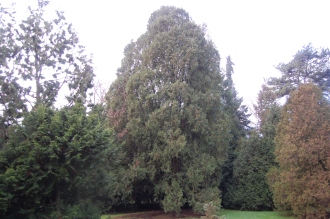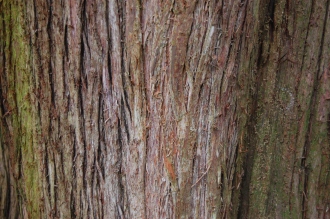Position: Full sun to light shade
Flowering period: Spring
Soil: Moist, well drained
Eventual Height: 15m
Eventual Spread: 6m
Hardiness: 6a, 6b, 7a, 7b, 8a, 8b, 9a, 9b, 10a, 10b
Family: Cupressaceae
Platycladus orientalis is an evergreen conifer tree with an upright, ‘teardrop’ habit, becoming irregular with age. Its light green leaves are scale like, up to 4mm long and appear as flattened sprays. Its leaves appear yellow in spring and darken as the season progresses. Its trunk may achieve a diameter of up to 1m. Its bark is rust brown and fibrous. Its flowers are insignificant. Its fruit are cones, initially green, maturing to brown and are up to 25mm long.
Platycladus orientalis, commonly known as Chinese Arborvitae, Biota or Oriental Thuja, is native to north west China, Korea and far east Russia. This tree is the only species within the genus Platycladus.
The etymological root of the binomial name Platycladus is derived from the Greek platus meaning ‘broad’ and klados meaning ‘branch’. Orientalis is from the Latin meaning ‘from the East’.
The landscape architect may find Platycladus orientalis useful as an attractive evergreen tree. Once established this tree is drought tollerant.
Ecologically, Platycladus orientalis seeds may be attractive to some birds.
Platycladus orientalis prefers moist, fertile, well-drained soils. It tolerates most pH of soil.
Platycladus orientalis requires little maintenance.







Leave a comment